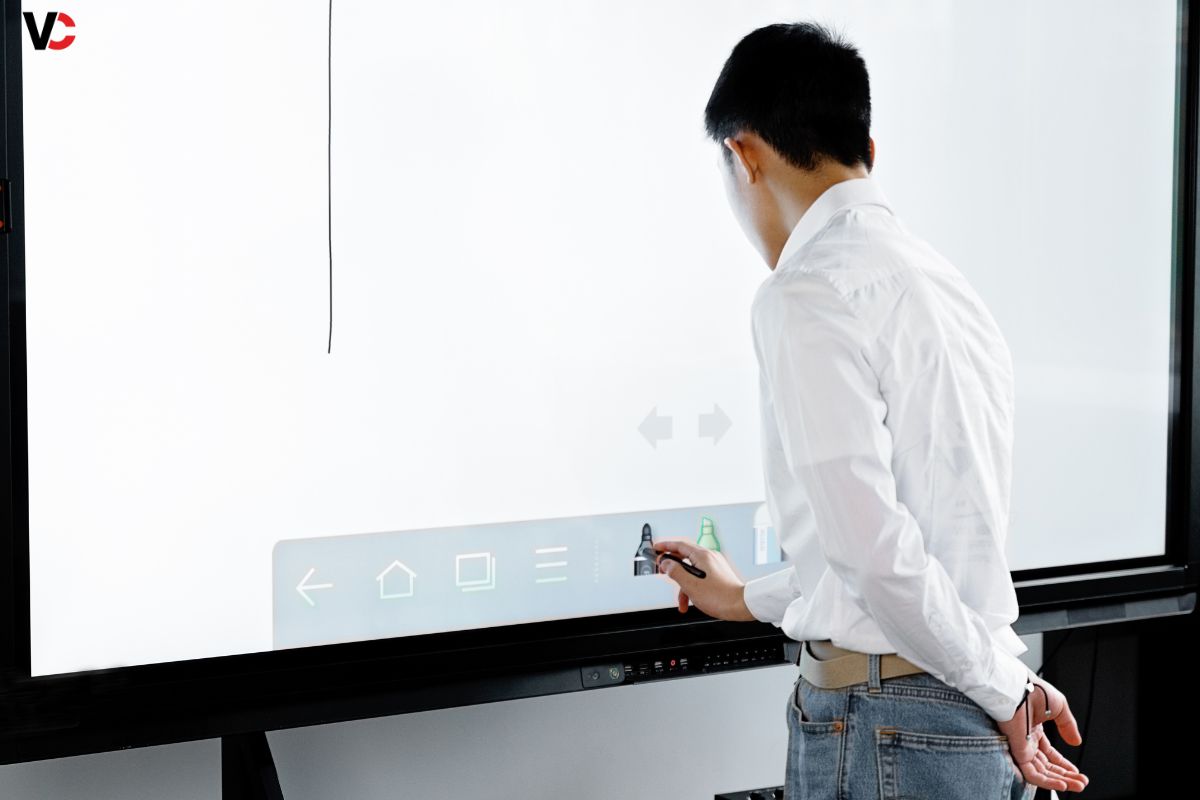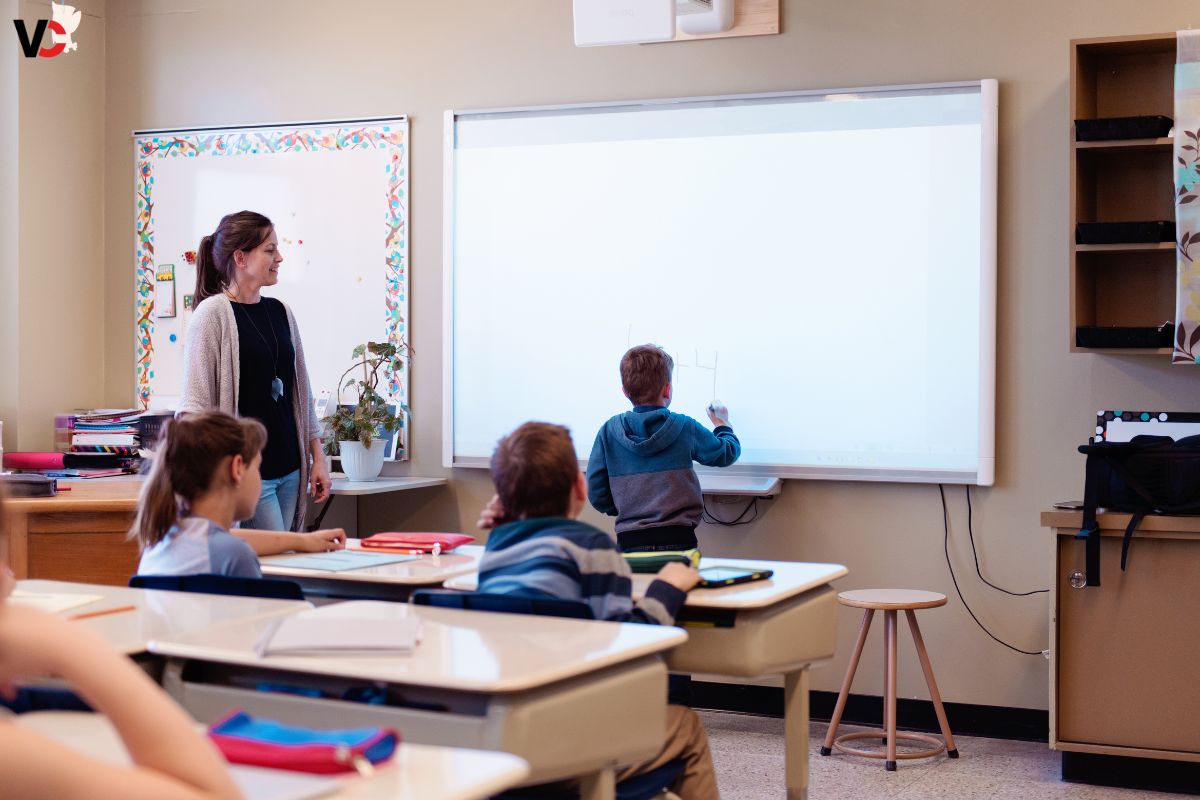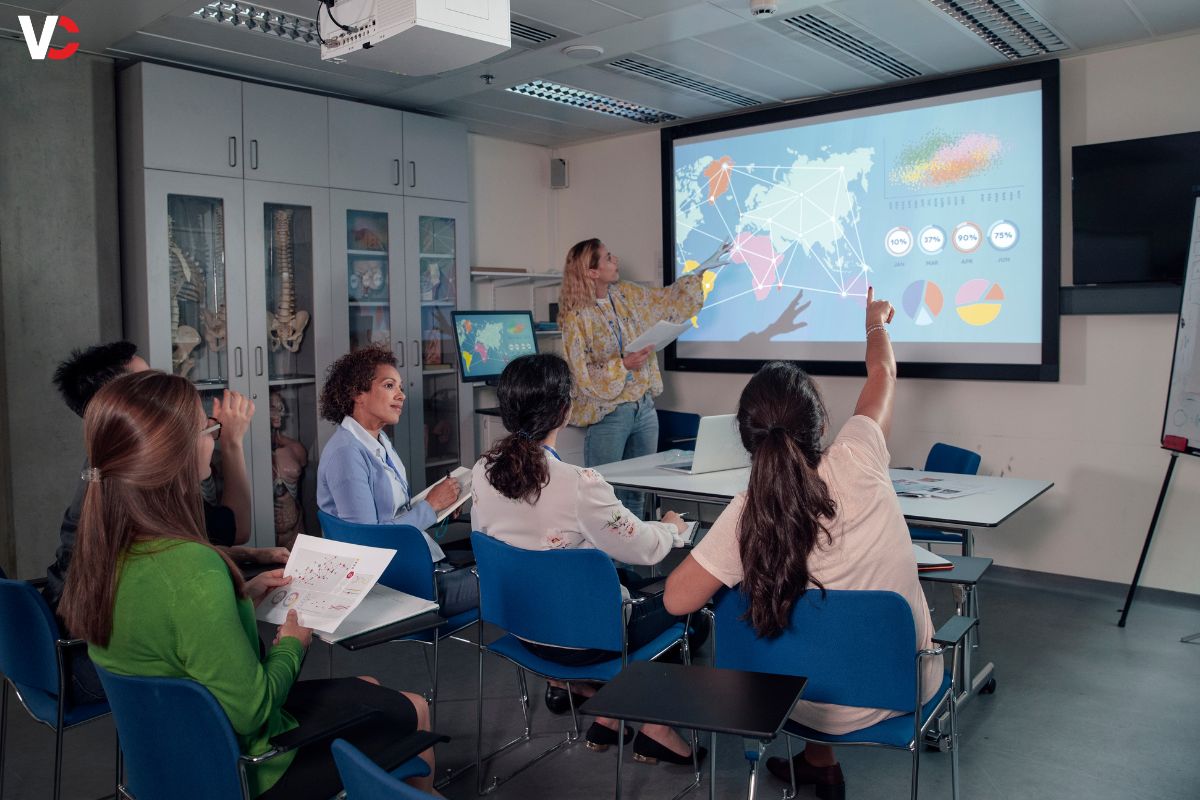In the evolving landscape of education, technology plays a pivotal role in transforming traditional classrooms into dynamic learning environments. From interactive whiteboards to personalized learning apps, educators are harnessing various technological tools to enhance teaching methods and engage students effectively. This comprehensive guide explores the impact of Technology in the Classroom and highlights key tools that are shaping the future of education.
Understanding the Role of Technology in Education
Before delving into specific tools, it’s essential to grasp why Technology in the Classroom is more than just a trend—it’s a transformative force in education:
- Enhanced Engagement: Technology allows for interactive and multimedia-rich content that captures students’ attention and makes learning more engaging.
- Personalized Learning: Adaptive learning platforms and AI-powered tools cater to individual student needs, providing personalized learning experiences.
- Collaborative Learning: Online collaboration tools enable students to work together, fostering teamwork and communication skills.
- Access to Resources: Digital libraries, educational apps, and online databases provide instant access to a wealth of information, expanding learning opportunities beyond textbooks.
Advantages of Integrating Technology in the Classroom

1. Accessibility and Inclusivity
Technology in the Classroom bridges gaps in accessibility by offering alternative formats for learning materials. For students with disabilities or those in remote areas, digital resources ensure equitable access to education. Adaptive technologies, such as screen readers or speech-to-text tools, empower students with diverse learning needs to participate fully in classroom activities.
2. Interactive Learning Experiences
Interactive whiteboards, virtual simulations, and augmented reality (AR) applications bring lessons to life, making abstract concepts tangible and fostering deeper understanding. For instance, science classes can utilize AR to explore anatomy in 3D, while history lessons can recreate historical events through virtual tours.
3. Personalized Learning Platforms
Adaptive learning platforms analyze students’ progress and adapt learning pathways to their individual strengths and weaknesses. Through AI algorithms, these platforms recommend tailored resources and activities, enabling educators to differentiate instruction effectively. This personalized approach enhances learning outcomes by catering to each student’s pace and learning style.
4. Collaboration and Communication Tools
Online platforms like Google Workspace for Education, Microsoft Teams, or Zoom facilitate real-time collaboration among students and teachers. These tools support group projects, virtual discussions, and peer feedback, promoting teamwork and critical thinking skills. Additionally, they bridge geographical distances, allowing for global connections and cultural exchanges.
5. Digital Assessment and Feedback
Technology streamlines assessment processes with online quizzes, automated grading systems, and digital portfolios. Teachers can provide timely feedback and track students’ progress more efficiently, identifying areas for improvement and adjusting teaching strategies accordingly. This data-driven approach empowers educators to make informed decisions and support student growth.
As a visionary CIO, I envision Technology in the Classroom not just as a tool, but as a transformative force empowering educators and students alike. From interactive whiteboards to AI-driven learning platforms, technology enhances engagement, personalizes learning, and prepares students for a digitally-driven future. By integrating innovative tools responsibly and fostering digital literacy, we can create dynamic learning environments that nurture creativity, critical thinking, and global collaboration. Embracing this vision ensures that education remains at the forefront of technological advancement, equipping learners with the skills they need to thrive in the 21st century
Key Tools and Technologies Reshaping Classroom Dynamics
1. Interactive Whiteboards

Interactive whiteboards combine the functionality of traditional whiteboards with digital capabilities. Teachers can display multimedia content, annotate lessons in real time, and incorporate interactive activities that encourage student participation. Interactive whiteboards enhance visual learning and collaboration in the classroom, making lessons more dynamic and engaging.
2. Educational Apps and Learning Platforms
A plethora of educational apps and online learning platforms cater to diverse subjects and grade levels. For example, Khan Academy offers free video tutorials and interactive exercises in math, science, and humanities, while Duolingo supports language learning through gamified lessons. These apps supplement classroom instruction, reinforce concepts, and provide additional practice opportunities for students.
3. Virtual Reality (VR) and Augmented Reality (AR)
VR and AR technologies immerse students in virtual environments that simulate real-world scenarios or historical settings. For instance, VR field trips enable students to explore ancient civilizations or outer space, while AR applications overlay digital information onto physical objects, enhancing interactive learning experiences. These immersive technologies foster curiosity and deeper engagement with academic content.
4. Learning Management Systems (LMS)
LMS platforms like Moodle, Canvas, or Blackboard streamline course administration, content delivery, and assessment management. Educators can upload course materials, create assignments, track student progress, and facilitate online discussions within a centralized platform. LMSs promote organizational efficiency and collaboration among teachers and students, supporting blended and online learning models.
5. Adaptive Learning Software
Adaptive learning software adapts instructional content and assessments based on students’ performance and learning preferences. Platforms like DreamBox Learning or Smart Sparrow use algorithms to deliver personalized lessons, identify learning gaps, and provide targeted interventions. Adaptive learning fosters self-paced learning and mastery of academic concepts, catering to diverse student needs.
6. Coding and STEM Tools
Coding platforms such as Scratch or Tynker introduce students to programming languages through interactive tutorials and project-based learning. These tools develop computational thinking skills, creativity, and problem-solving abilities essential for future careers in STEM fields. Robotics kits and engineering simulations further enhance hands-on learning experiences, bridging theoretical knowledge with practical applications.
Implementing Technology: Best Practices for Educators
1. Professional Development

Effective integration of Technology in the Classroom requires ongoing professional development for educators. Training sessions, workshops, and peer collaboration opportunities empower teachers to explore new tools, share best practices, and integrate technology seamlessly into their teaching pedagogy.
2. Student Data Privacy and Digital Citizenship
Maintaining student data privacy and promoting digital citizenship is paramount in a technology-driven learning environment. Educators must educate students on responsible technology use, online safety, and ethical behavior when accessing digital resources. Establishing clear policies and guidelines ensures a secure and supportive online learning environment for all stakeholders.
3. Continuous Evaluation and Feedback
Regular evaluation of technology integration efforts allows educators to assess effectiveness, identify challenges, and implement improvements. Soliciting feedback from students, parents, and colleagues provides valuable insights into the impact of technology on learning outcomes and informs strategic decisions for future implementations.
The Future of Technology in Education
As technology continues to evolve, its role in education will expand, offering new opportunities and challenges for educators and learners alike. Embracing innovation while maintaining pedagogical integrity is key to harnessing the full potential of Technology in the Classroom. By leveraging cutting-edge tools and fostering digital literacy skills, educators can cultivate a generation of students equipped for success in a rapidly changing world.
Conclusion
Technology in the Classroom represents a transformative shift in educational paradigms, empowering educators to create engaging, personalized, and inclusive learning experiences. From interactive whiteboards to AI-driven adaptive learning platforms, the tools discussed in this guide are revolutionizing how knowledge is accessed, shared, and applied in today’s classrooms. By embracing technology strategically and thoughtfully, educators can inspire curiosity, foster collaboration, and prepare students for a future defined by innovation and digital fluency.
Explore these tools, integrate them into your teaching practice, and embark on a journey toward redefining education with Technology in the Classroom.


















